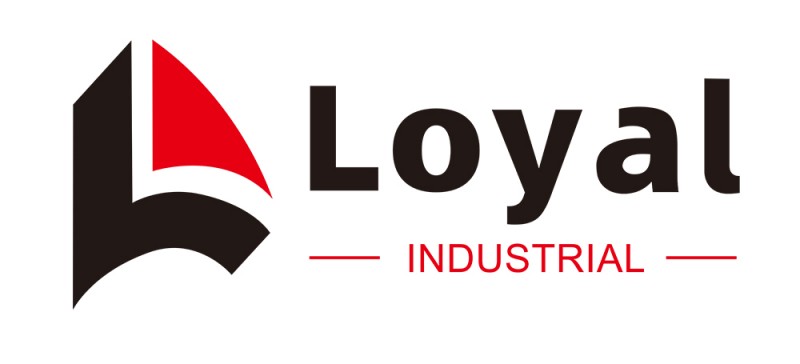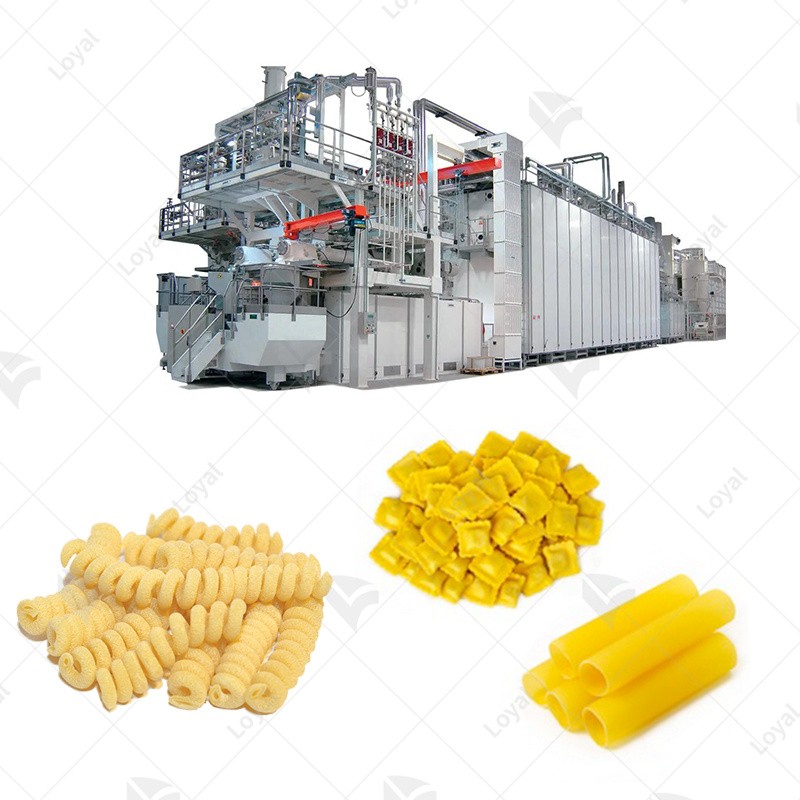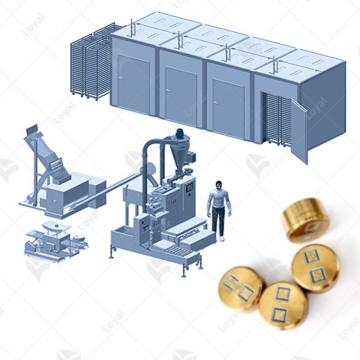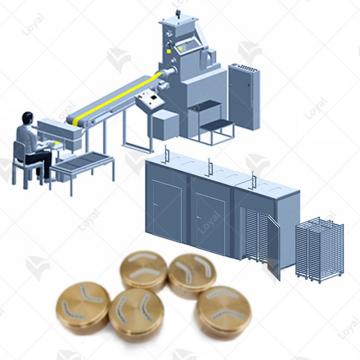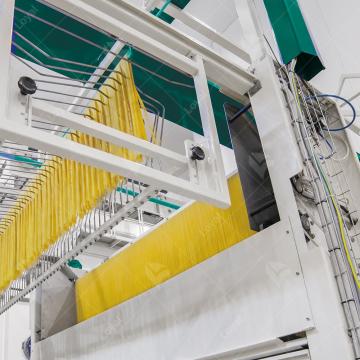The Ultimate Guide to Fully Automated Solutions for Dry Pasta Suppliers in 2024
The Ultimate Guide to Fully Automated Solutions for Dry Pasta Suppliers in 2024
Introduction
The traditional manufacturing processes for dry pasta suppliers have long been accompanied by challenges that hinder efficiency and energy conservation. This article delves into the transformative realm of fully automatic solutions designed to address these challenges, paving the way for enhanced efficiency and energy conservation in the dry pasta manufacturing industry.

Current Industry Challenges
Within the dry pasta manufacturing industry, challenges abound, ranging from time-consuming processes to excessive energy consumption. Identifying these challenges is crucial for understanding the areas where improvements are most needed. This section explores the current struggles faced by dry pasta suppliers, setting the stage for the adoption of fully automatic solutions.
Importance of Automation
Automation emerges as a key player in the quest to enhance efficiency for dry pasta suppliers. This section discusses the pivotal role of automation in optimizing processes, reducing manual intervention, and ultimately achieving energy conservation goals. By automating certain aspects of production, the industry can mitigate challenges and propel itself toward a more sustainable future.
Features of Fully Automatic Systems
Fully automatic systems bring forth a myriad of advanced features that revolutionize dry pasta production. From precise ingredient measurements to streamlined operations, these systems contribute to reducing waste and optimizing energy usage. This section provides an overview of these features, showcasing how they elevate the efficiency of the entire manufacturing process.
Benefits for Dry Pasta Suppliers
The adoption of fully automatic solutions translates into direct benefits for dry pasta suppliers. This section details how these solutions contribute to increased production speed, cost-effectiveness, and overall sustainability. By embracing automation, suppliers can enjoy a competitive edge in the market while contributing to a more environmentally friendly approach to pasta manufacturing.
Integration with Sustainable Practices
Sustainability is a paramount concern in the food industry, and fully automatic systems seamlessly integrate with these practices. Case studies and examples highlight successful instances where automation aligns with sustainable principles, showcasing the positive outcomes for both the environment and the suppliers. This section emphasizes the importance of considering environmental impact in manufacturing decisions.
Technological Innovations
The journey toward fully automatic solutions involves cutting-edge technologies that set new industry standards. This section explores the technological innovations driving the evolution of dry pasta manufacturing. From smart sensors to data-driven insights, these innovations play a pivotal role in enhancing overall efficiency and energy conservation.
Industry Adoption and Success Stories
Real-world examples of dry pasta suppliers successfully adopting fully automatic systems serve as inspiration for the industry. This section delves into specific instances where these solutions have transformed operations, leading to increased productivity and improved sustainability. Success stories highlight the tangible benefits and positive impacts on the bottom line.

Future Trends and Developments
As technology continues to advance, predicting future trends becomes essential for staying ahead in the industry. This section offers insights into anticipated advancements in fully automatic solutions for dry pasta suppliers. By staying informed about emerging technologies, suppliers can position themselves for continued success and efficiency improvements.
Conclusion
In conclusion, the adoption of fully automatic solutions for dry pasta suppliers is not merely a technological upgrade; it's a strategic move toward enhancing efficiency and energy conservation. Summarizing the key points discussed in the article, this section encourages dry pasta suppliers to embrace innovation and consider the implementation of fully automatic systems for a more efficient and sustainable future.
Frequently Asked Questions about Dry Pasta Suppliers
1. What are the benefits of opting for fully automatic solutions as a dry pasta supplier?
Fully automatic solutions offer a range of benefits for dry pasta suppliers, including increased production speed, cost-effectiveness, and enhanced sustainability. By streamlining operations and optimizing energy usage, these solutions contribute to a more efficient and environmentally friendly approach to pasta manufacturing.
2. How do fully automatic systems integrate with sustainable practices in the dry pasta manufacturing industry?
Fully automatic systems seamlessly integrate with sustainable practices by reducing waste, optimizing energy consumption, and aligning with environmental principles. Case studies and examples showcase successful integration, highlighting the positive outcomes for both the environment and dry pasta suppliers.

3. What specific features do fully automatic systems bring to the table for dry pasta production?
Fully automatic systems introduce advanced features such as precise ingredient measurements, streamlined operations, and reduced manual intervention. These features contribute to efficiency improvements, waste reduction, and overall optimization of energy usage in the dry pasta manufacturing process.
4. Are there successful instances of dry pasta suppliers adopting fully automatic solutions?
Yes, there are numerous success stories where dry pasta suppliers have embraced fully automatic solutions, leading to increased productivity and improved sustainability. Real-world examples demonstrate the tangible benefits and positive impacts on the bottom line for those who have adopted these innovative systems.
5. How do fully automatic solutions compare to traditional methods in terms of efficiency and energy conservation?
Fully automatic solutions outperform traditional methods in terms of efficiency and energy conservation. By leveraging cutting-edge technologies, these systems optimize processes, reduce waste, and contribute to overall sustainability, offering a transformative alternative to traditional pasta manufacturing methods.
